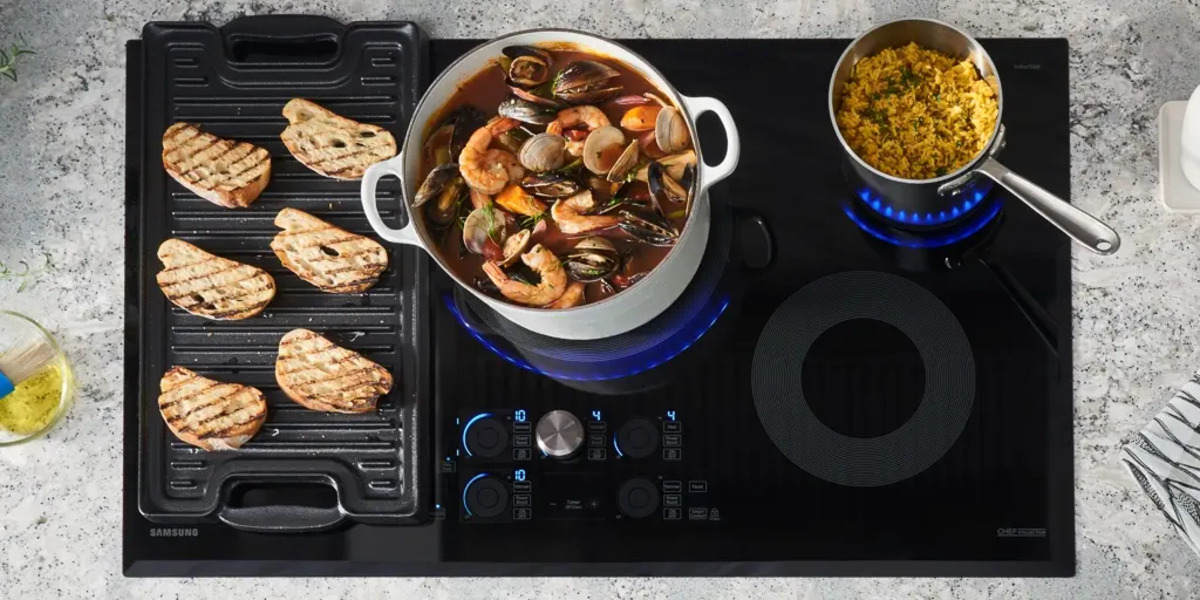

Articles
Why Induction Cooktop Is Bad
Modified: March 20, 2024
Discover the drawbacks of induction cooktops in this informative article. Explore the potential disadvantages and considerations before making a purchase.
(Many of the links in this article redirect to a specific reviewed product. Your purchase of these products through affiliate links helps to generate commission for Storables.com, at no extra cost. Learn more)
Introduction
Induction cooktops have gained immense popularity in recent years due to their sleek design, rapid heating, and energy efficiency. They use electromagnetic power to heat the cooking vessel directly, without heating the surrounding air or the cooktop surface. While induction cooktops offer several advantages, there are also concerns and drawbacks to consider.
In this article, we will explore the potential downsides of induction cooktops, including safety concerns, health risks, negative environmental impact, and limitations. It’s important to have a comprehensive understanding of these factors before considering the purchase of an induction cooktop for your kitchen.
Key Takeaways:
- Induction cooktops offer energy efficiency and cost savings, but users must be mindful of safety concerns, health risks, and environmental impact. Understanding these factors is crucial for making an informed decision about integrating induction cooktops into the kitchen.
- While induction cooktops excel in rapid heating and precise temperature control, they come with limitations such as specific cookware requirements, initial cost, and potential noise. Considering these factors is essential for determining the suitability of induction cooktops for individual kitchen needs.
Safety Concerns with Induction Cooktops
Induction cooktops come with their own set of safety concerns that users should be aware of. While they are generally considered safe to use, it’s important to take precautions to minimize any potential risks.
One of the primary safety concerns with induction cooktops is the risk of burns. The cooktop surface itself does not get hot during cooking, so there is a reduced risk of accidentally touching a hot surface and getting burned. However, the cooking vessel becomes very hot, and if not handled properly, it can result in burns or scalds. It’s important to use oven mitts or pot holders to handle the hot pots and pans on the cooktop.
Another safety concern is the potential for electrical hazards due to the use of electromagnetic power. It’s crucial to ensure that the cooktop is installed and grounded correctly to avoid any electrical shocks. Additionally, it’s important to keep the cooking area free from any water or other liquids to prevent electrical short circuits.
Furthermore, induction cooktops require specific types of cookware that are compatible with the magnetic induction technology. Using cookware that is not suitable for induction cooking can lead to safety hazards, such as poor heat distribution, unstable cooking vessels, and even the risk of the cookware getting stuck to the cooktop surface.
Lastly, induction cooktops have safety features, such as automatic shut-off and child lock, which can help prevent accidents and injuries. However, it’s still important to exercise caution and be mindful of the potential risks associated with using induction cooktops.
Health Risks of Using Induction Cooktops
While induction cooktops offer convenience and energy efficiency, there are potential health risks to consider when using them in your kitchen.
One of the main concerns is the electromagnetic fields (EMFs) emitted by induction cooktops. Although the level of EMF exposure is generally low and well within safety limits, long-term exposure to high levels of EMFs has been linked to health issues such as headaches, dizziness, and sleep disturbances. It is important to maintain a safe distance and limit prolonged exposure to the cooktop when it is in use.
Additionally, the use of certain types of cookware on induction cooktops can pose health risks. Non-stick cookware, which is commonly used in households, can release harmful chemicals such as perfluorooctanoic acid (PFOA) when exposed to high heat. These chemicals are known as persistent organic pollutants that can accumulate in the body and have been associated with adverse health effects like hormonal imbalances and reproductive disorders. It is recommended to use cookware that is free from PFOA and other harmful substances.
Furthermore, the intense heat generated by induction cooktops can lead to the production of volatile organic compounds (VOCs) when certain ingredients, such as oils, fats, and meats, are heated at high temperatures. Inhaling these VOCs can irritate the respiratory system and contribute to indoor air pollution. Proper ventilation, such as using an exhaust fan or opening windows, can help minimize the concentration of VOCs in the kitchen.
Lastly, induction cooktops can create noise during operation. The sound is generated by the cooling fan and the electromagnetic vibrations of the cookware. Prolonged exposure to loud noise can have negative effects on hearing and overall well-being. It is advisable to take breaks from cooking or use ear protection if you find the noise bothersome.
Overall, while the health risks associated with using induction cooktops are relatively low, it is essential to be aware of these concerns and take necessary precautions to minimize any potential risks to your health and well-being.
Negative Environmental Impact of Induction Cooktops
While induction cooktops are praised for their energy efficiency and eco-friendly reputation, it’s important to acknowledge the potential negative environmental impact associated with their use.
One of the primary concerns is the production and disposal of the cookware used on induction cooktops. Induction cookware typically consists of a magnetic base, which can be made from materials like stainless steel or cast iron. The manufacturing process of these materials requires significant energy and can contribute to carbon emissions and other environmental pollutants. Additionally, the disposal of old or damaged induction cookware can pose challenges in terms of proper waste management and recycling.
Another environmental consideration is the reliance on electricity to power induction cooktops. While they are more energy-efficient compared to traditional gas cooktops, they still require a constant source of electricity, which often comes from non-renewable fossil fuels. The energy production process emits greenhouse gases and contributes to air pollution and climate change. To mitigate this impact, it is important to consider using renewable energy sources, such as solar or wind power, for electrifying induction cooktops.
Additionally, induction cooktops require specific cookware that is compatible with the magnetic induction technology. This means that users may be inclined to purchase new cookware specifically for induction cooking, leading to unnecessary consumption and waste. To minimize the environmental impact, it is recommended to choose versatile cookware that can be used on various types of cooktops, reducing the need for additional purchases.
Lastly, the maintenance and repair of induction cooktops can also have environmental consequences. In some cases, minor issues or malfunctions may require the replacement of entire components, which can result in the disposal of functional parts and contribute to electronic waste. Proper maintenance, routine inspections, and repairing rather than replacing components whenever possible can help mitigate this impact.
Overall, while induction cooktops have several environmental advantages, it’s crucial to remain mindful of the potential negative impacts and take steps to reduce one’s overall carbon footprint. This can be achieved through responsible manufacturing, efficient energy consumption, proper waste management, and sustainable purchasing practices.
When using an induction cooktop, avoid using cookware with a warped or uneven bottom, as it can reduce the efficiency of heat transfer and lead to uneven cooking. Always use flat-bottomed cookware for best results.
Limitations and Drawbacks of Induction Cooktops
While induction cooktops offer numerous benefits, it’s important to consider their limitations and drawbacks before deciding if they are the right choice for your kitchen.
One of the main limitations is the requirement for specific types of cookware. Induction cooktops rely on magnetic fields to heat the cooking vessel, which means that only cookware with a magnetic base, such as stainless steel or cast iron, can be used. This limitation can be frustrating for individuals who have a collection of non-induction compatible cookware or prefer using other materials like copper or glass.
Another drawback of induction cooktops is the initial cost. Induction cooktops tend to be more expensive than traditional gas or electric cooktops. Additionally, the need for induction-compatible cookware can add to the overall expense. While the long-term energy savings may offset the initial cost, it’s essential to consider your budget and kitchen renovation plans before investing in an induction cooktop.
Furthermore, the heat distribution on induction cooktops can be uneven. The electromagnetic fields generated by the cooktop may not distribute heat uniformly across the cooking vessel. This can result in certain areas of the food being cooked faster or slower than others, requiring constant monitoring and adjustment. Users may need to stir or move the food around to ensure even cooking.
Induction cooktops also require a power source. If you experience a power outage or live in an area with unreliable electricity supply, you may find it difficult to cook on an induction cooktop. Additionally, induction cooktops can be sensitive to power fluctuations, which may affect their performance and cooking times.
Lastly, induction cooktops can produce a buzzing sound when in use. This sound is a result of the electromagnetic vibrations within the cookware and can be bothersome to some individuals, especially those who prefer a quiet cooking environment. While the noise level is generally low, it’s important to consider personal preferences and sensitivity to noise when choosing a cooktop.
In summary, while induction cooktops offer numerous benefits, they do come with certain limitations and drawbacks. It’s important to consider factors such as cookware compatibility, upfront cost, heat distribution, power supply, and noise levels before making a decision and investing in an induction cooktop.
Read more: How To Install Induction Cooktop
Energy Efficiency and Cost-Effectiveness of Induction Cooktops
One of the key advantages of induction cooktops is their energy efficiency, which can result in cost savings over time.
Compared to traditional gas or electric cooktops, induction cooktops are highly efficient in converting energy into usable heat. This is because the heat is generated directly in the cooking vessel using electromagnetic power, reducing heat loss to the surrounding environment. As a result, induction cooktops heat up faster and more evenly, enabling users to cook their meals more quickly and efficiently.
Induction cooktops also offer precise temperature control, allowing users to adjust the heat rapidly and accurately. This feature helps to minimize energy wastage and prevents overcooking or burning of food. Whether you’re simmering a delicate sauce or searing a steak, the ability to instantly adjust the heat enables you to achieve the desired results with minimal energy consumption.
Additionally, induction cooktops have a quicker response time compared to other cooktops, making them more energy efficient. As soon as the pot or pan is removed from the cooking zone, the heat generation stops. This eliminates the need for residual heat, reducing energy consumption and improving safety in the kitchen.
In terms of cost-effectiveness, although induction cooktops may have a higher upfront cost compared to gas or electric cooktops, the long-term energy savings can offset the initial investment. Due to their efficient energy conversion and precise temperature control, induction cooktops can reduce energy consumption by up to 50%, resulting in lower utility bills over time.
Moreover, induction cooktops offer efficient heat transfer, meaning less wasted energy compared to gas cooktops where heat is lost through the burner flame. This can also contribute to cost savings, as less energy is required to achieve the same cooking results.
Furthermore, induction cooktops require less maintenance compared to traditional gas cooktops. Gas cooktops often require periodic professional cleaning and maintenance of gas lines, which can add to the overall cost of ownership. Induction cooktops, on the other hand, have a smooth surface that is easy to clean and maintain, reducing maintenance costs in the long run.
Overall, the energy efficiency and cost-effectiveness of induction cooktops make them a compelling option for those looking to reduce their energy consumption and save on utility bills. While the upfront cost may be higher, the long-term benefits in terms of energy savings and lower maintenance costs make induction cooktops a worthwhile investment.
Conclusion
Induction cooktops offer many advantages, including rapid heating, energy efficiency, and precise temperature control. However, it’s important to be aware of the safety concerns, potential health risks, negative environmental impact, and limitations of these cooktops before making a purchase decision.
While there are safety concerns related to burns, electrical hazards, and specific cookware requirements, following proper precautions can minimize these risks. Additionally, the potential health risks associated with electromagnetic fields and the use of certain cookware materials should be considered, and steps can be taken to minimize exposure and use safer alternatives.
The negative environmental impact of induction cooktops includes the production and disposal of cookware, reliance on electricity, and the potential for increased consumption and waste. However, choosing environmentally friendly cookware, using renewable energy sources, and practicing responsible purchasing and disposal habits can help mitigate these impacts.
Furthermore, limitations such as the requirement for specific cookware, initial cost, heat distribution, power supply dependency, and noise may impact the overall experience of using induction cooktops. Considering these limitations and assessing personal preferences and needs are essential in determining whether an induction cooktop is suitable for your kitchen.
On the positive side, induction cooktops excel in terms of energy efficiency and cost-effectiveness. Their ability to convert energy into heat efficiently, provide precise temperature control, and minimize heat loss leads to significant energy savings over time. While the initial investment may be higher, the long-term cost savings in energy bills and maintenance expenses make induction cooktops a worthwhile investment.
In conclusion, induction cooktops offer a range of benefits, but it’s crucial to consider the potential drawbacks and make an informed decision based on your specific requirements. By understanding the safety concerns, health risks, environmental impact, and limitations, you can determine whether an induction cooktop is the right choice for your kitchen, taking into account both practicality and personal values.
Frequently Asked Questions about Why Induction Cooktop Is Bad
Was this page helpful?
At Storables.com, we guarantee accurate and reliable information. Our content, validated by Expert Board Contributors, is crafted following stringent Editorial Policies. We're committed to providing you with well-researched, expert-backed insights for all your informational needs.
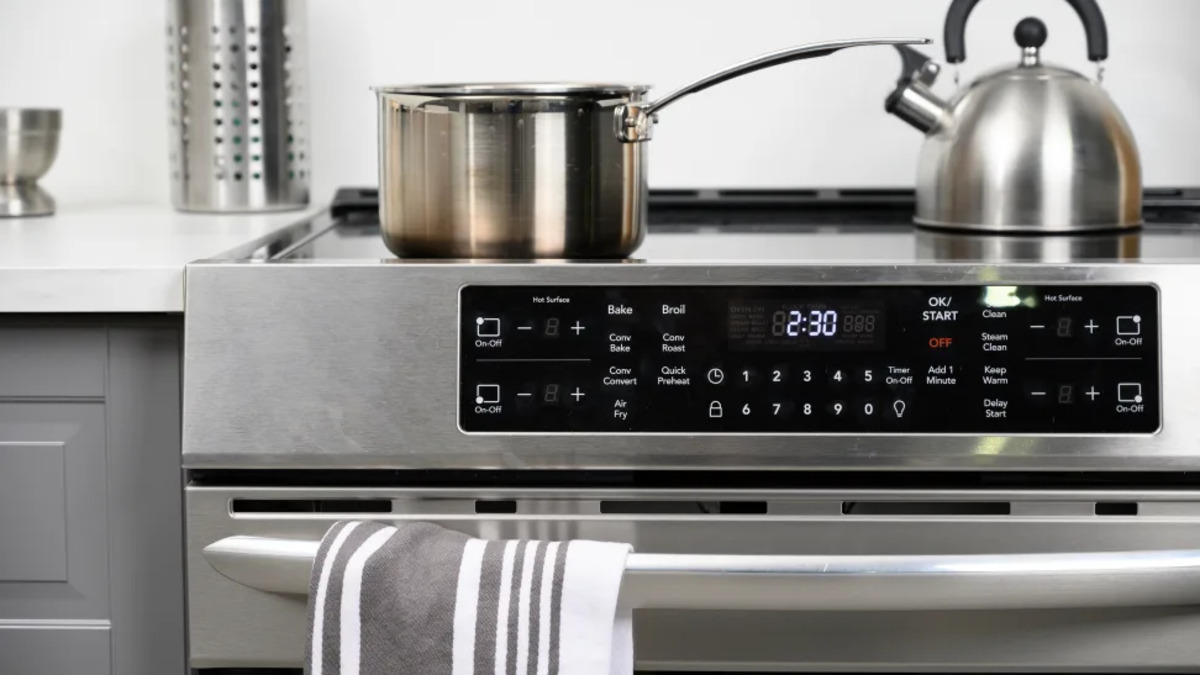
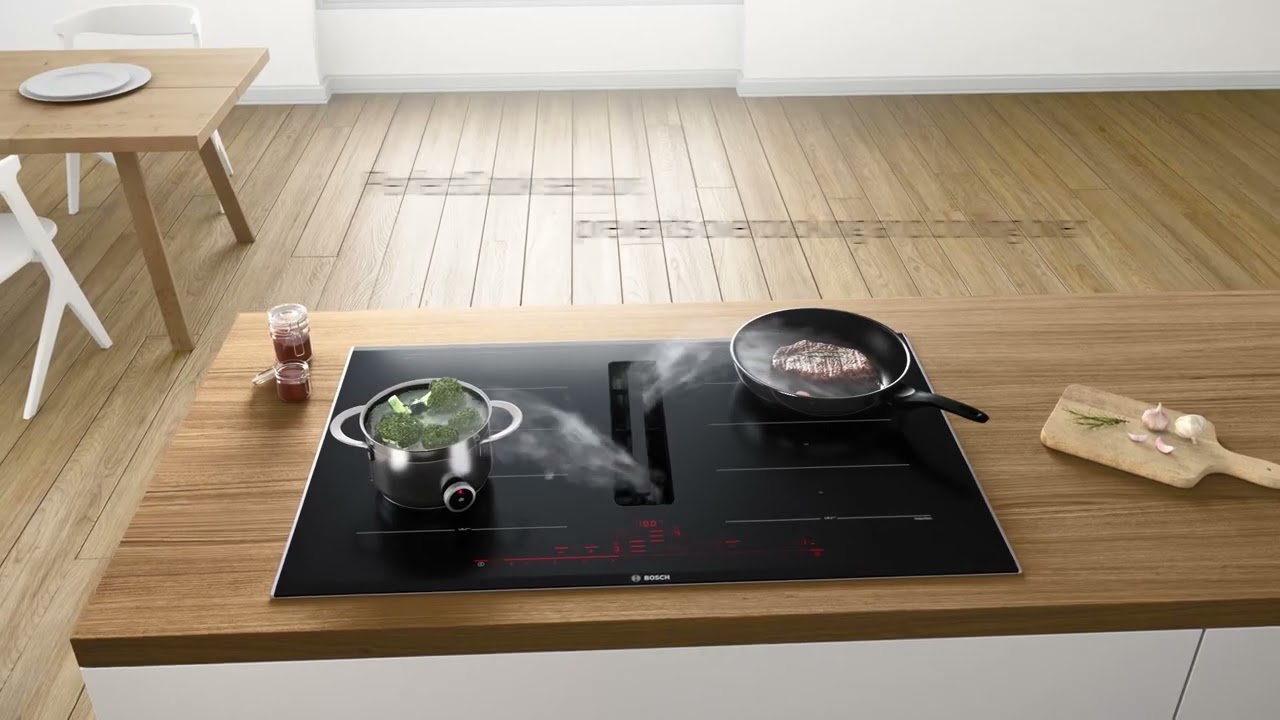
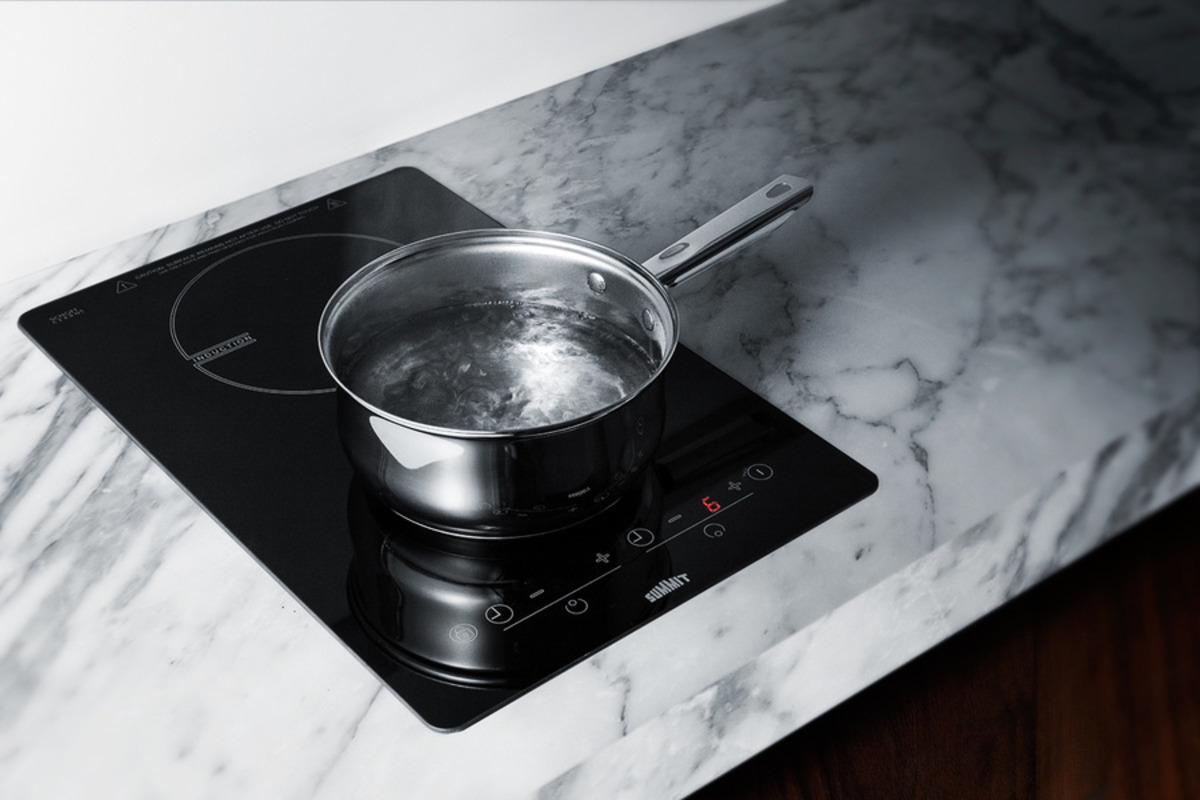
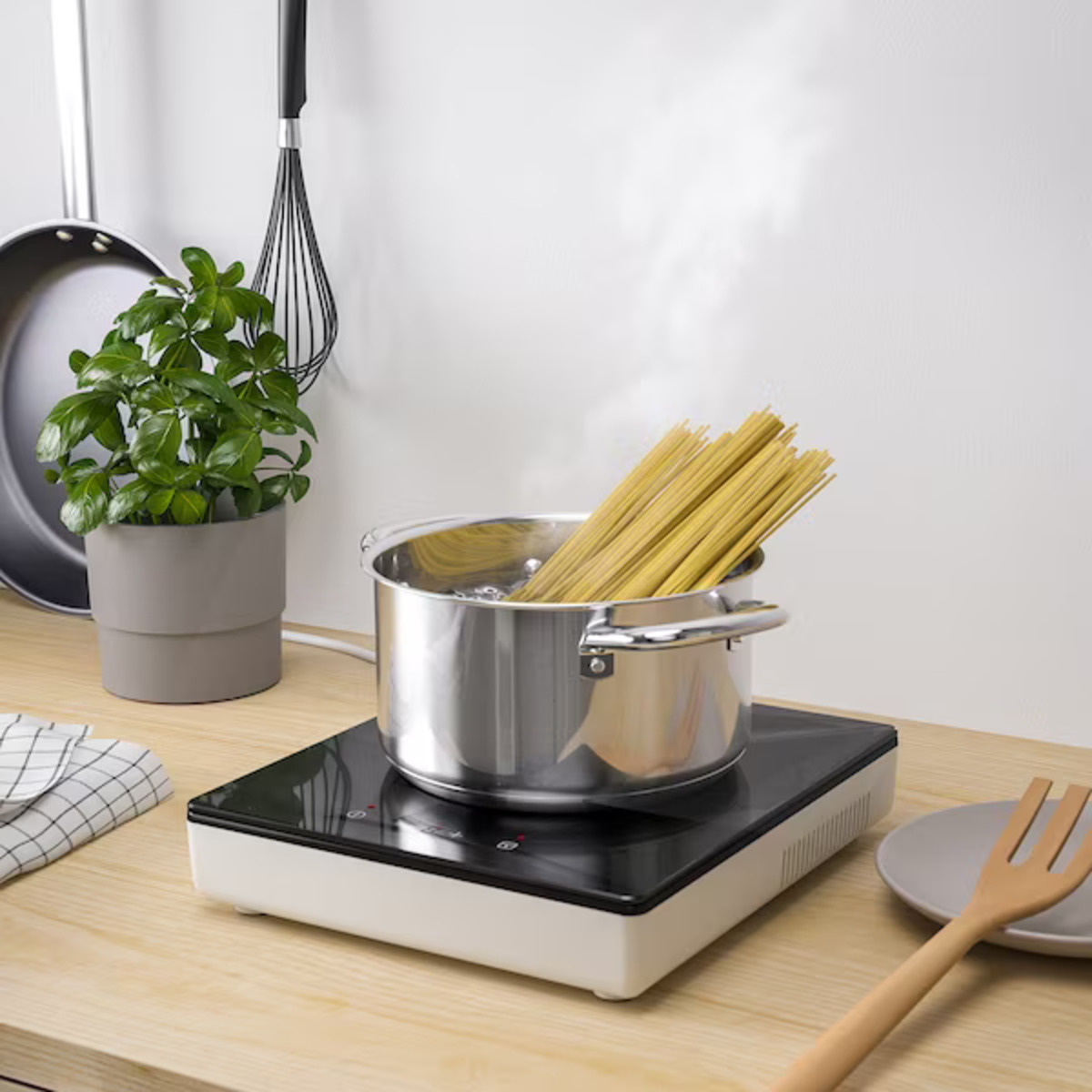

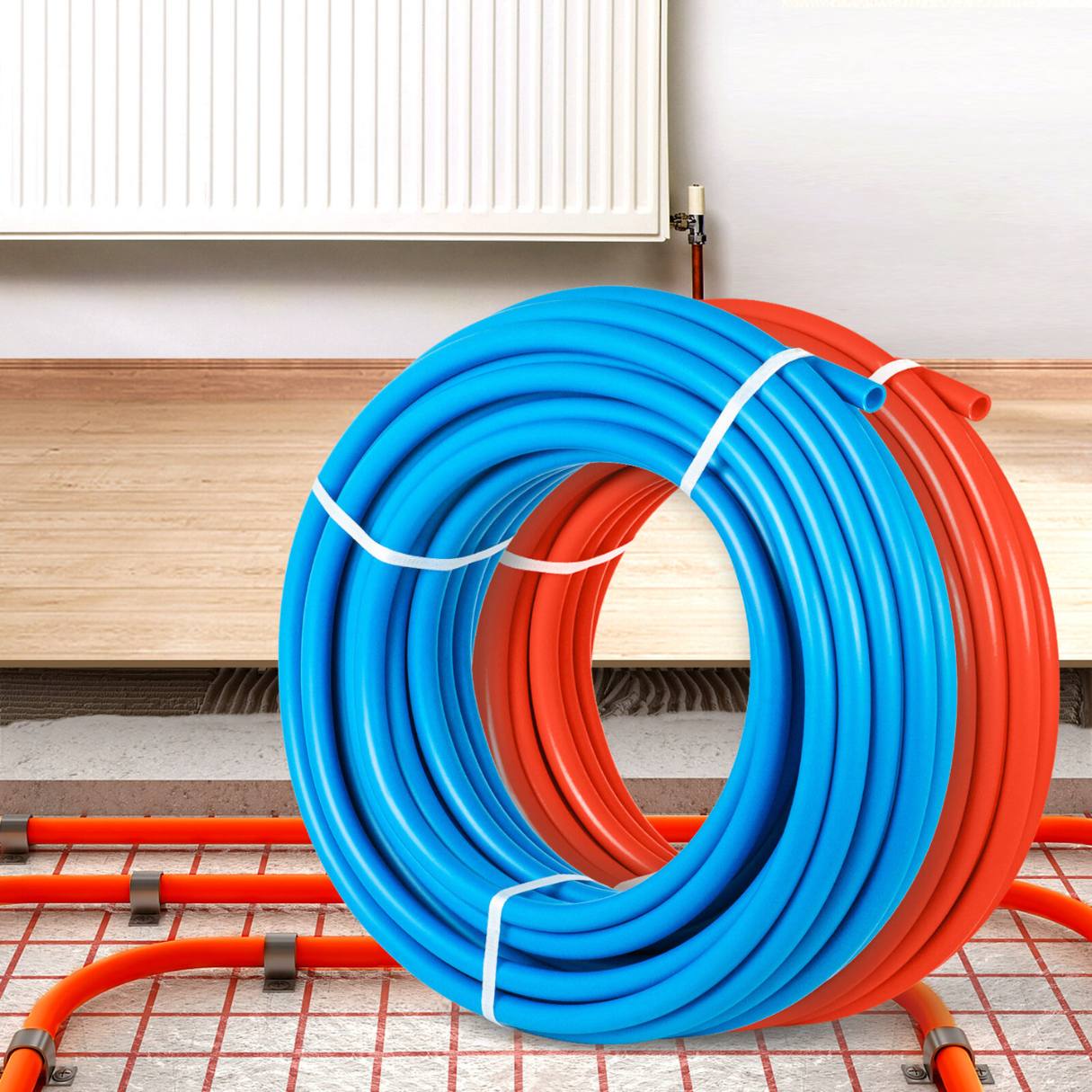



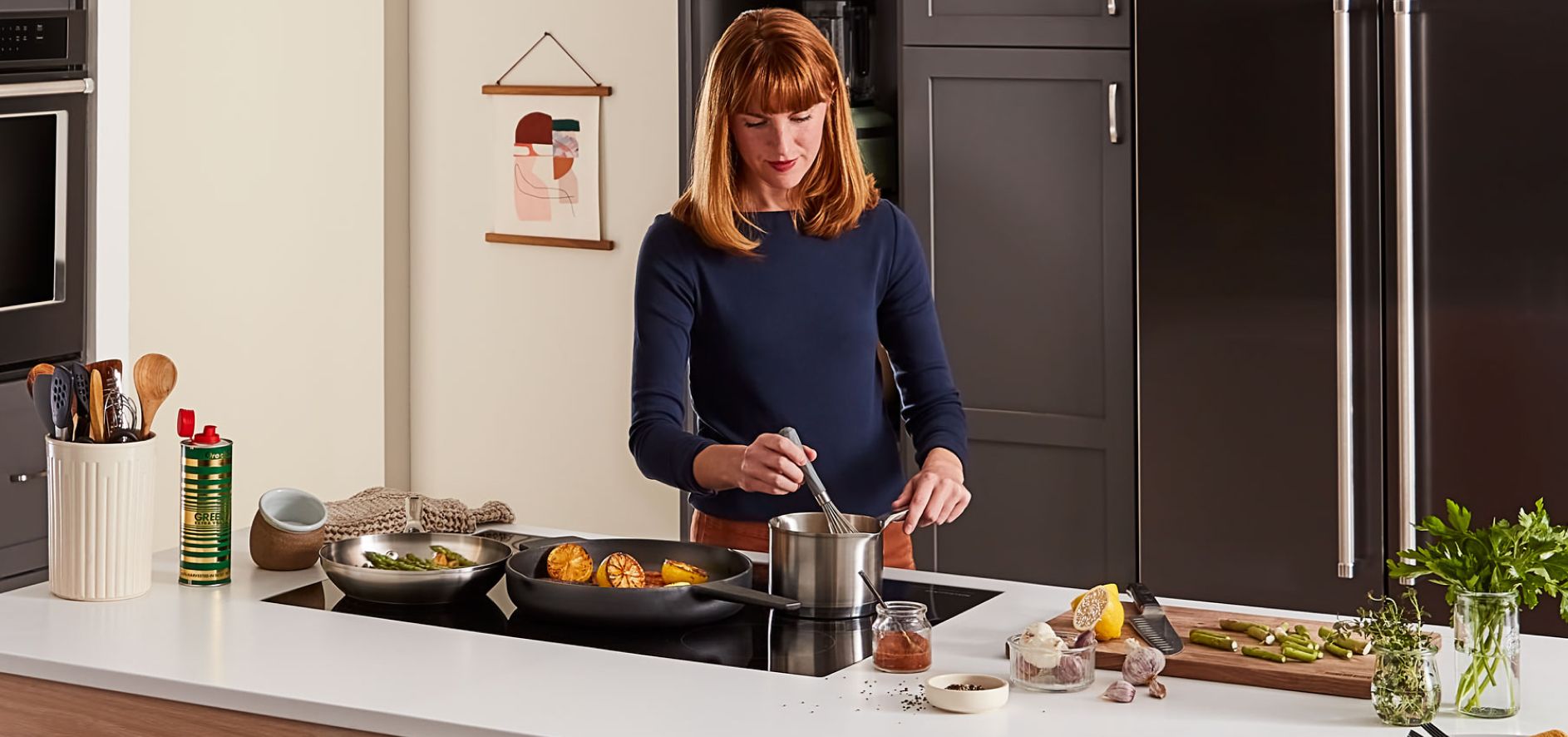
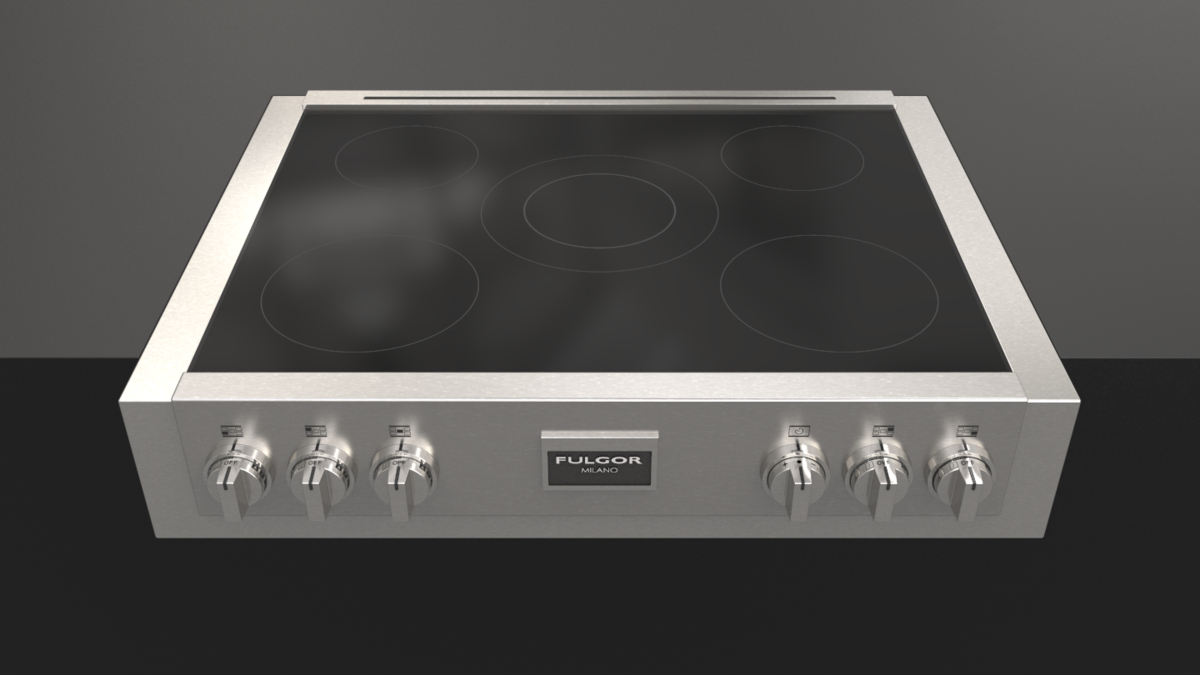
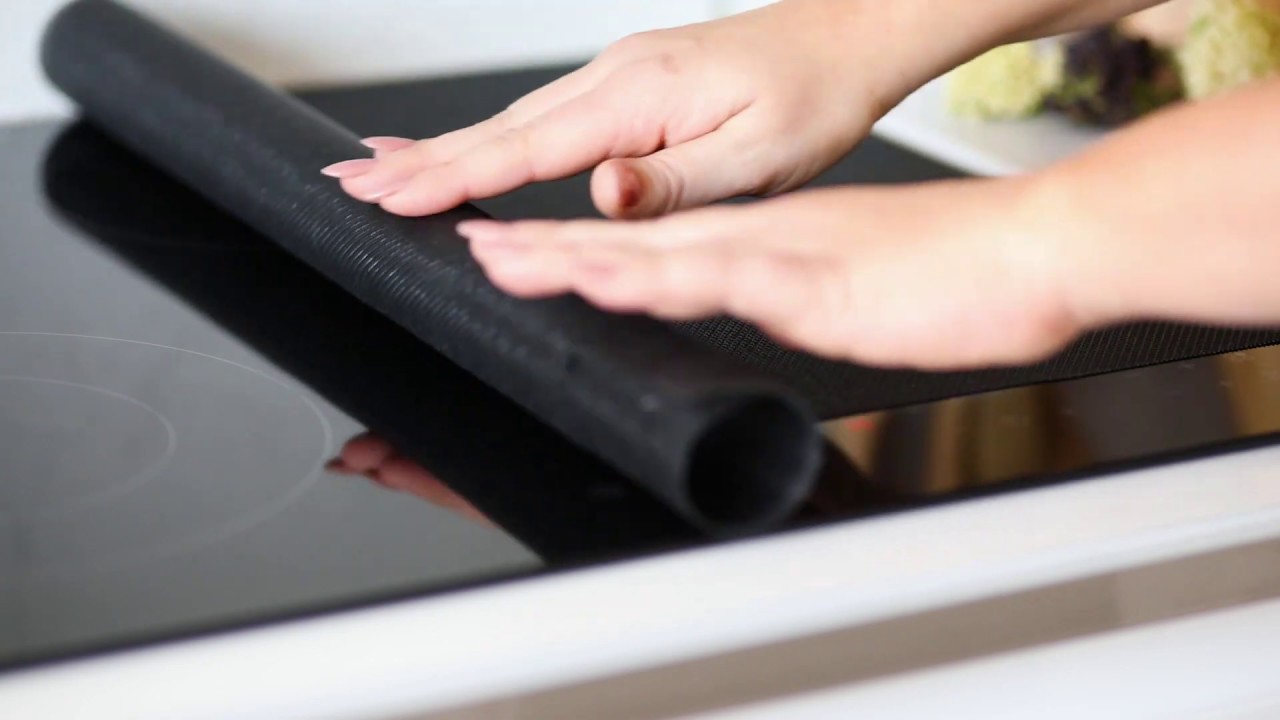
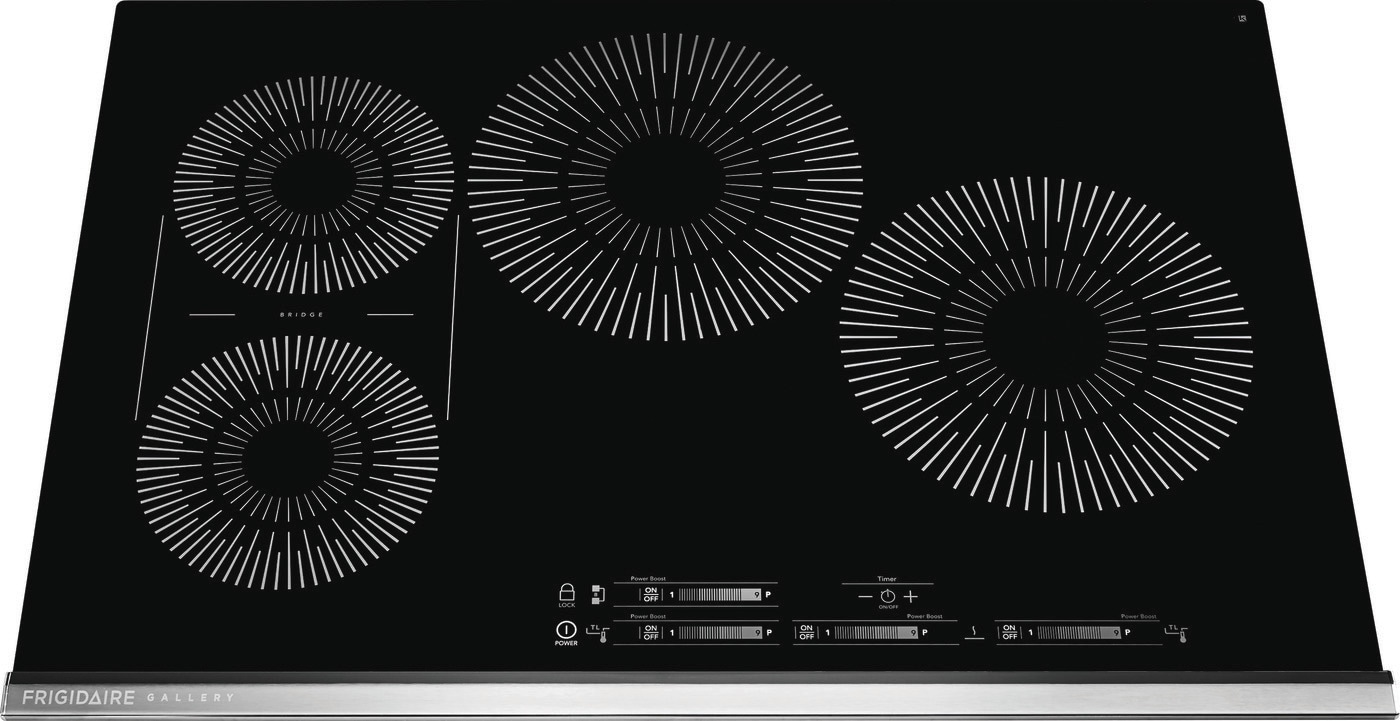
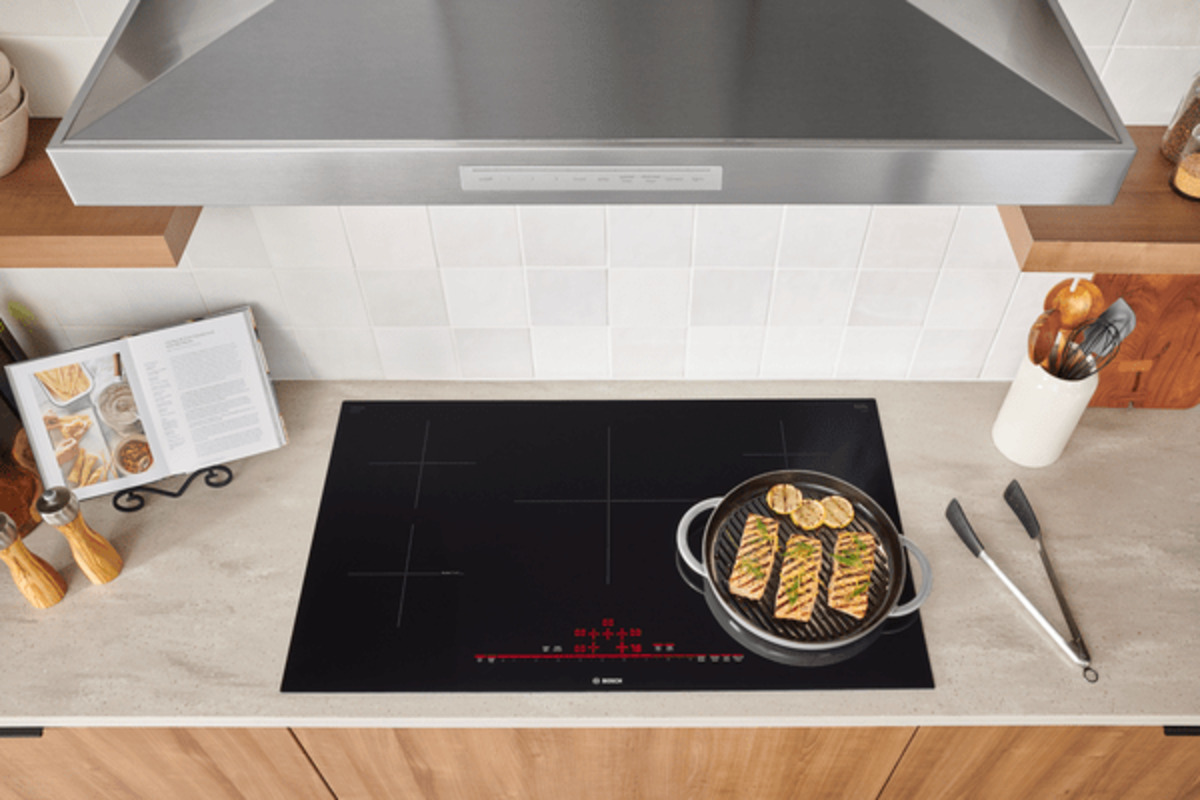

0 thoughts on “Why Induction Cooktop Is Bad”